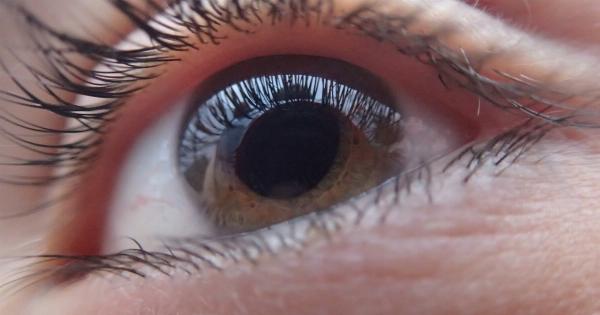When it comes to skin cancer, early detection is crucial for successful treatment. One of the best ways to detect skin cancer is by keeping an eye on any changes or abnormalities on your skin.
However, it can be difficult to know what to look for if you are not familiar with the different types and stages of skin cancer. In this article, we will take a comprehensive look at skin cancer in pictures to help you identify potential warning signs.
Basal Cell Carcinoma
Basal cell carcinoma is the most common type of skin cancer. It typically appears as a small, waxy bump or a flesh-colored to brown patch of skin that slowly grows over time.
This type of skin cancer is usually found on areas of skin that have been exposed to the sun, such as the face, neck, and hands.
 .
.
Squamous Cell Carcinoma
Squamous cell carcinoma is the second most common type of skin cancer. It usually appears as a red, scaly patch or a sore that does not heal. This type of skin cancer can also appear as a wart-like growth.
Squamous cell carcinoma is most commonly found on areas of skin that have been exposed to the sun, such as the face, ears, and hands.
 .
.
Melanoma
Melanoma is the most dangerous type of skin cancer and can spread to other parts of the body. It often appears as a brown or black spot with irregular borders.
Melanomas can also appear as a new mole or an existing mole that changes in size, color, or texture. This type of skin cancer can occur anywhere on the body, including areas that are not exposed to the sun.
 .
.
Actinic Keratosis
Actinic keratosis is a precancerous condition that can develop into squamous cell carcinoma if left untreated. It usually appears as a rough, scaly patch of skin that is pink or red in color.
Actinic keratosis is most commonly found on areas of skin that have been exposed to the sun, such as the face, scalp, and hands.
 .
.
Dysplastic Nevi
Dysplastic nevi are atypical moles that can develop into melanoma if left untreated. These moles are usually larger than normal moles and have an irregular shape, color, and texture.
Dysplastic nevi can occur anywhere on the body and often run in families.
 .
.
Preventing Skin Cancer
The best way to prevent skin cancer is to protect your skin from the sun. This includes wearing protective clothing, such as long-sleeved shirts and hats, and using sunscreen with SPF 30 or higher.
It is also important to avoid tanning beds, which can increase your risk of skin cancer.
When to See a Doctor
If you notice any changes or abnormalities on your skin, it is important to see a doctor. This includes any new moles or growths, changes in the size or color of existing moles or growths, or any sores that do not heal.
Early detection is crucial for successful treatment of skin cancer.
Treatment for Skin Cancer
The type of treatment for skin cancer depends on the type and stage of the cancer. In some cases, surgery may be necessary to remove the cancerous cells. Other treatment options include radiation therapy, chemotherapy, and immunotherapy.
Conclusion
Skin cancer is a serious and potentially life-threatening condition. By familiarizing yourself with the different types and stages of skin cancer, you can better identify potential warning signs.
Remember to protect your skin from the sun and see a doctor if you notice any changes or abnormalities on your skin.
























